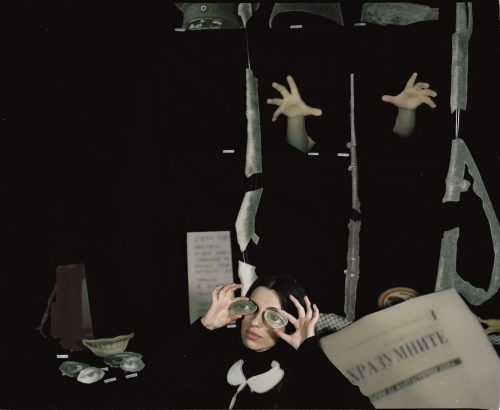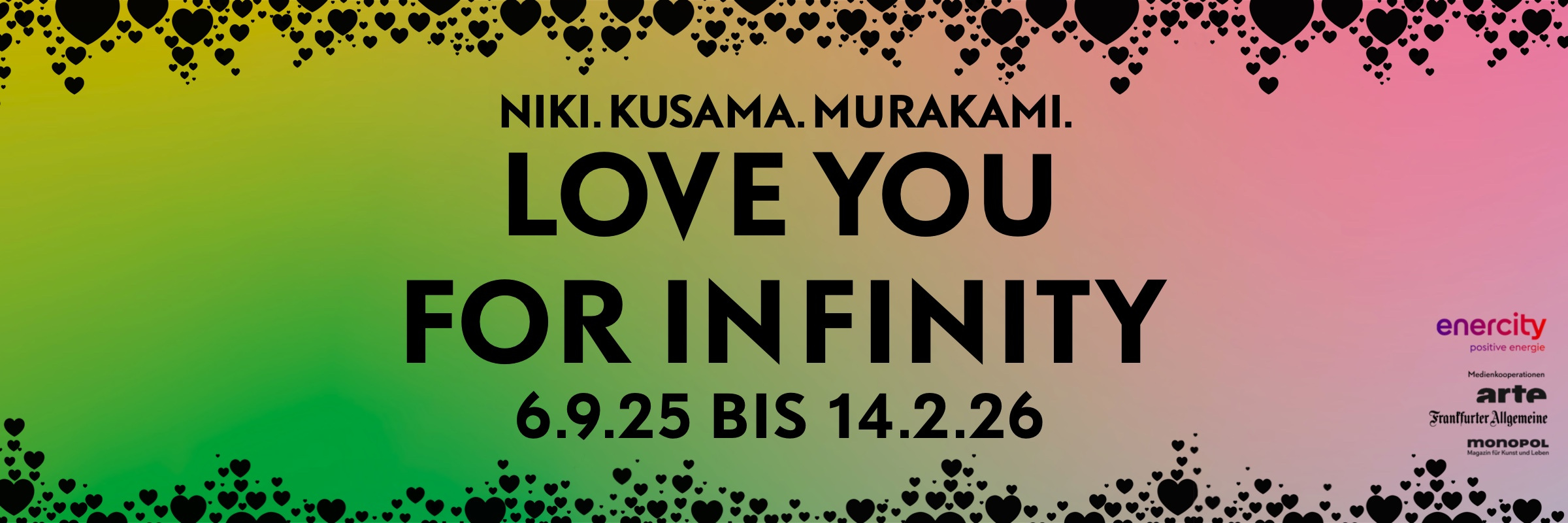
Paky Vlassopoulou
A day after a day after a day after a day
Project Info
- 💙 One Minute Space
- 💚 Florent Frizet
- 🖤 Paky Vlassopoulou
- 💜 Florent Frizet
- 💛 Thanassis Gatos
Share on
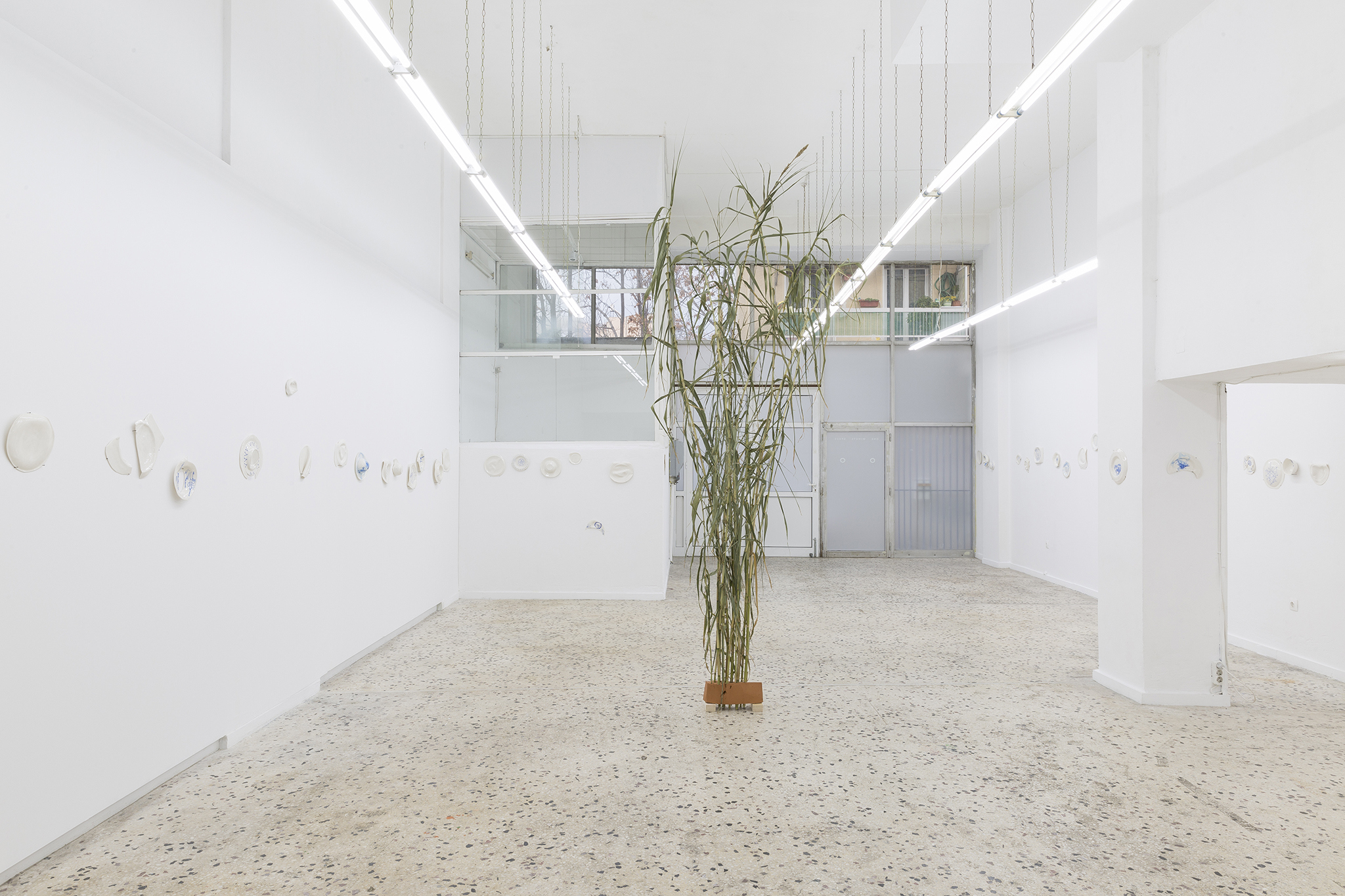
Advertisement
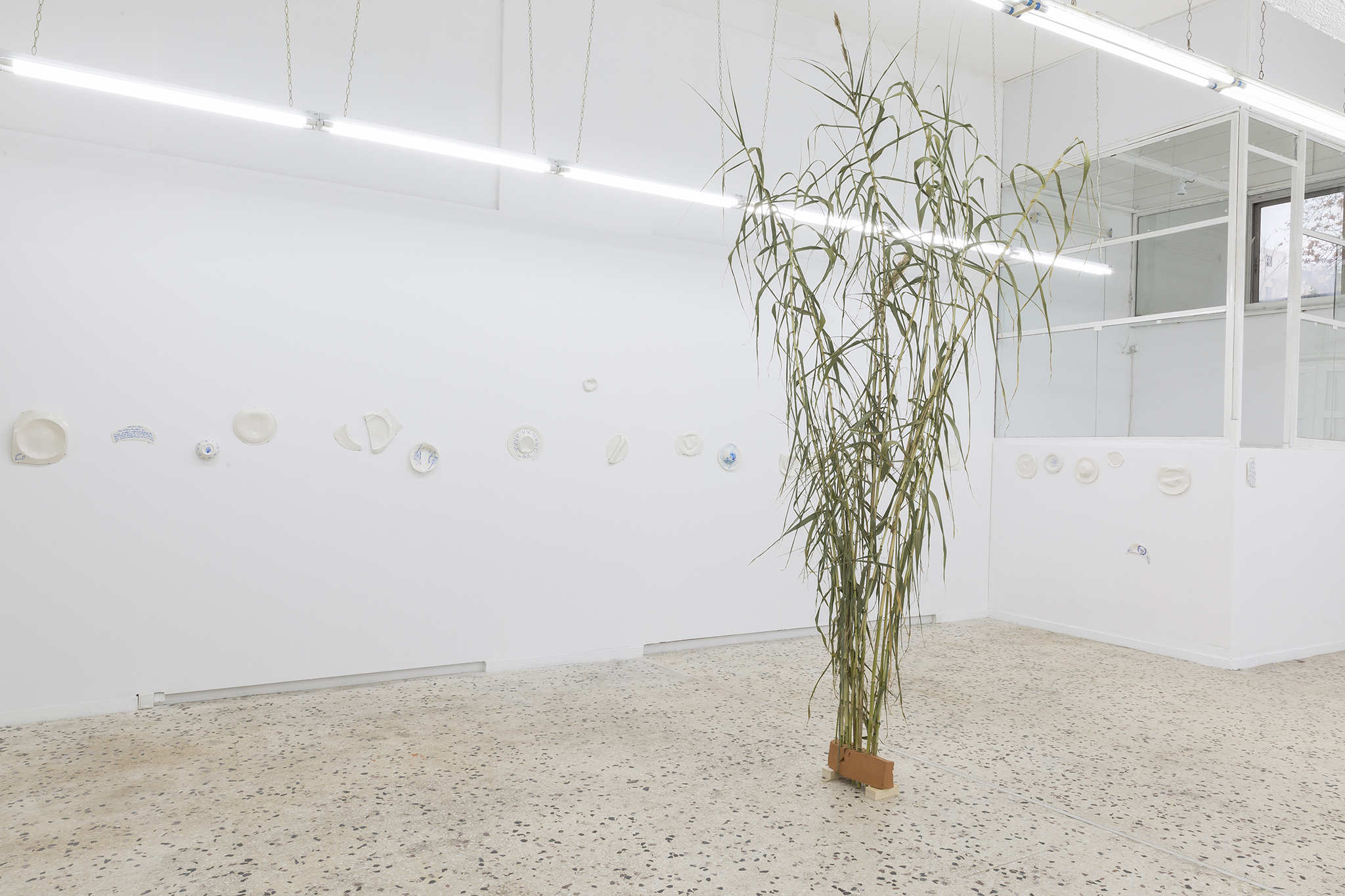
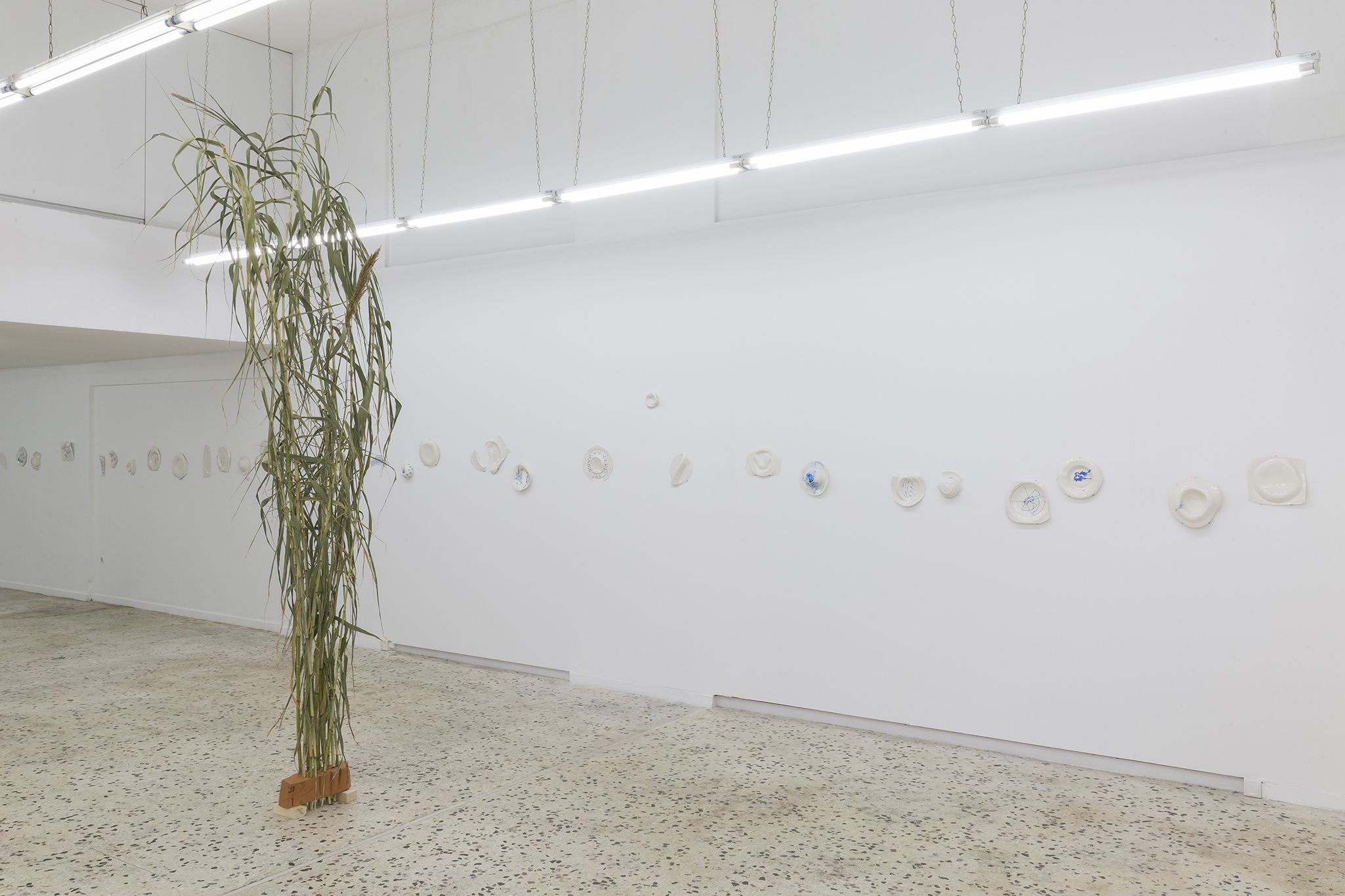
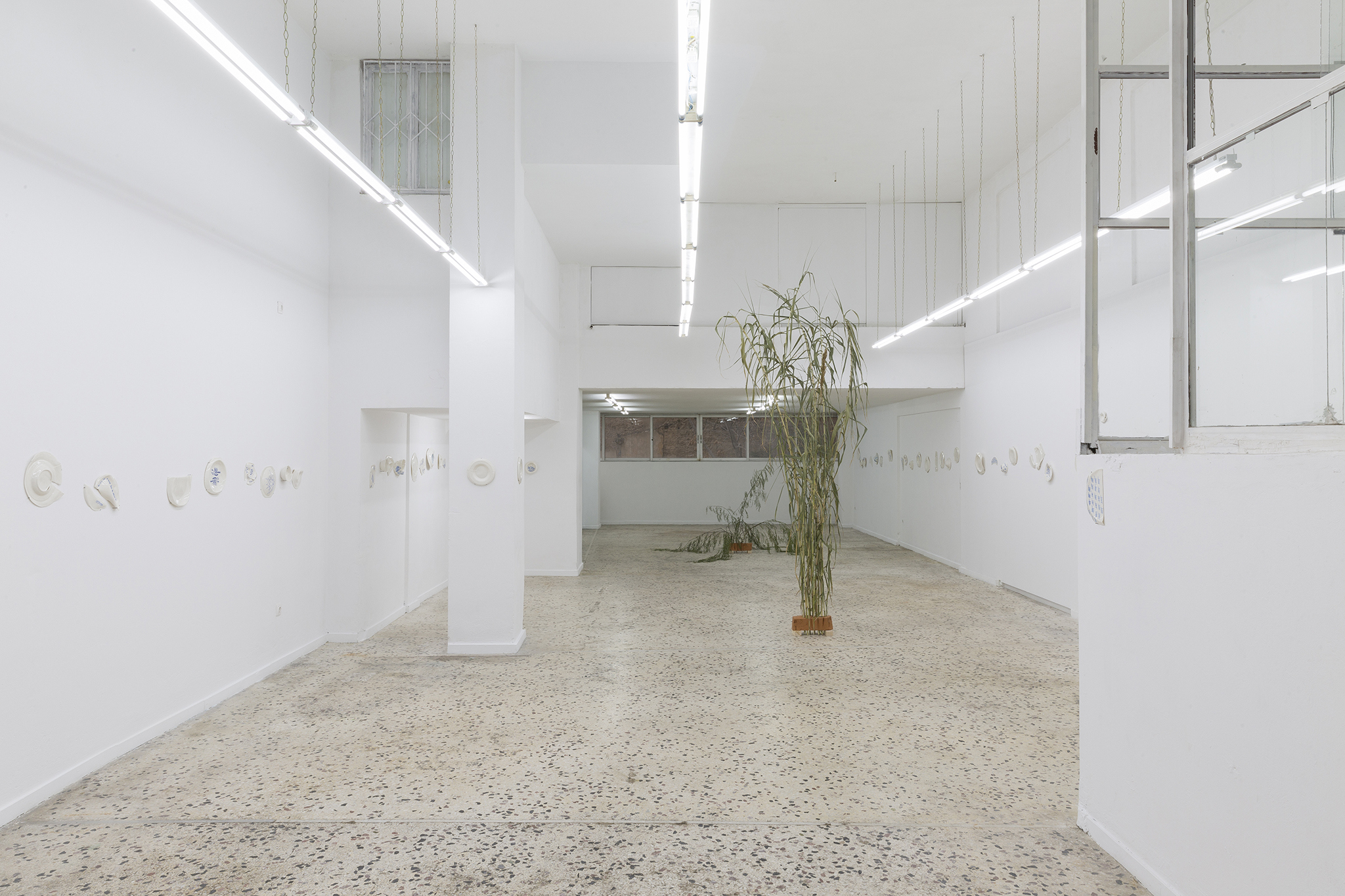
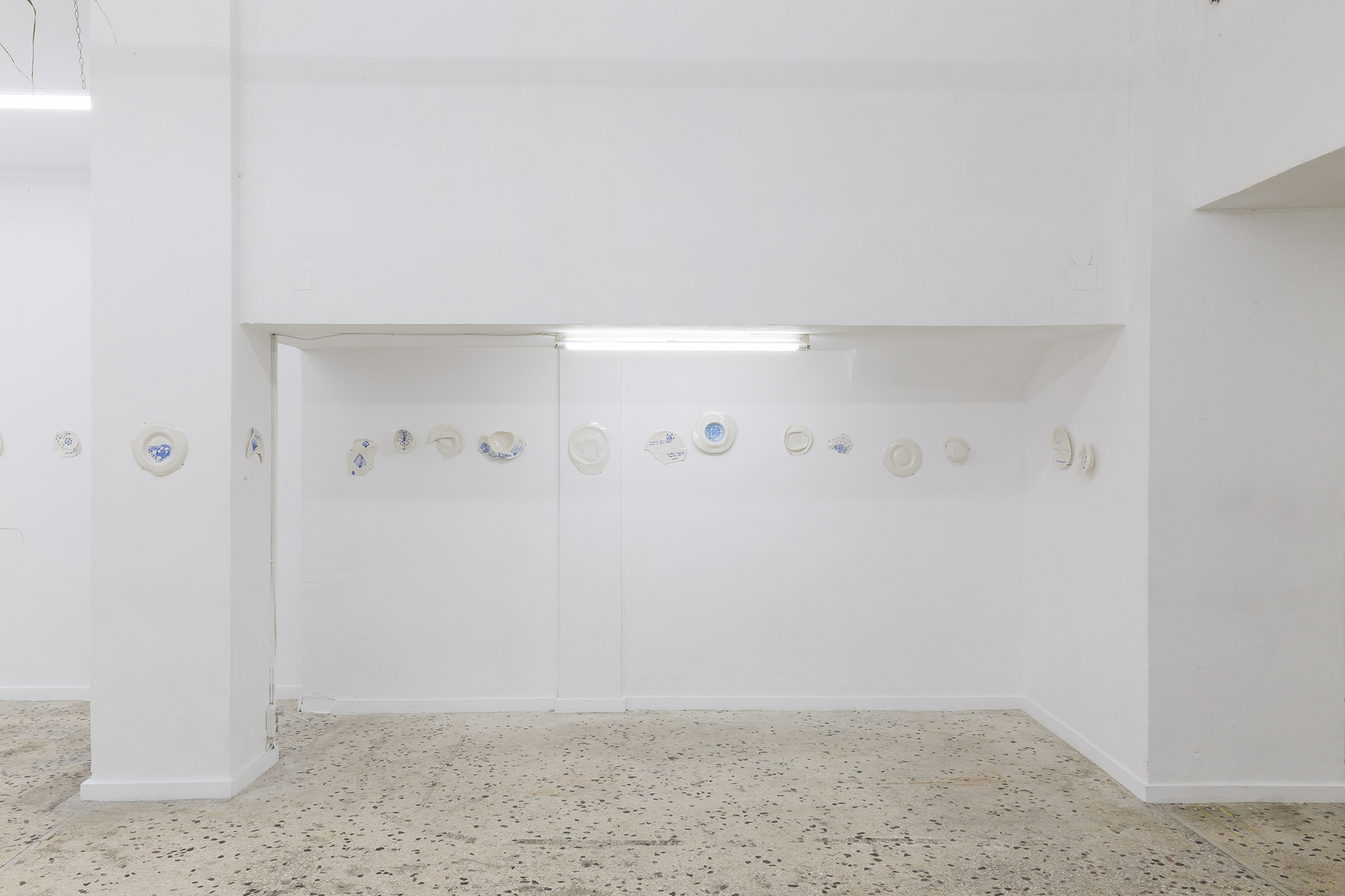
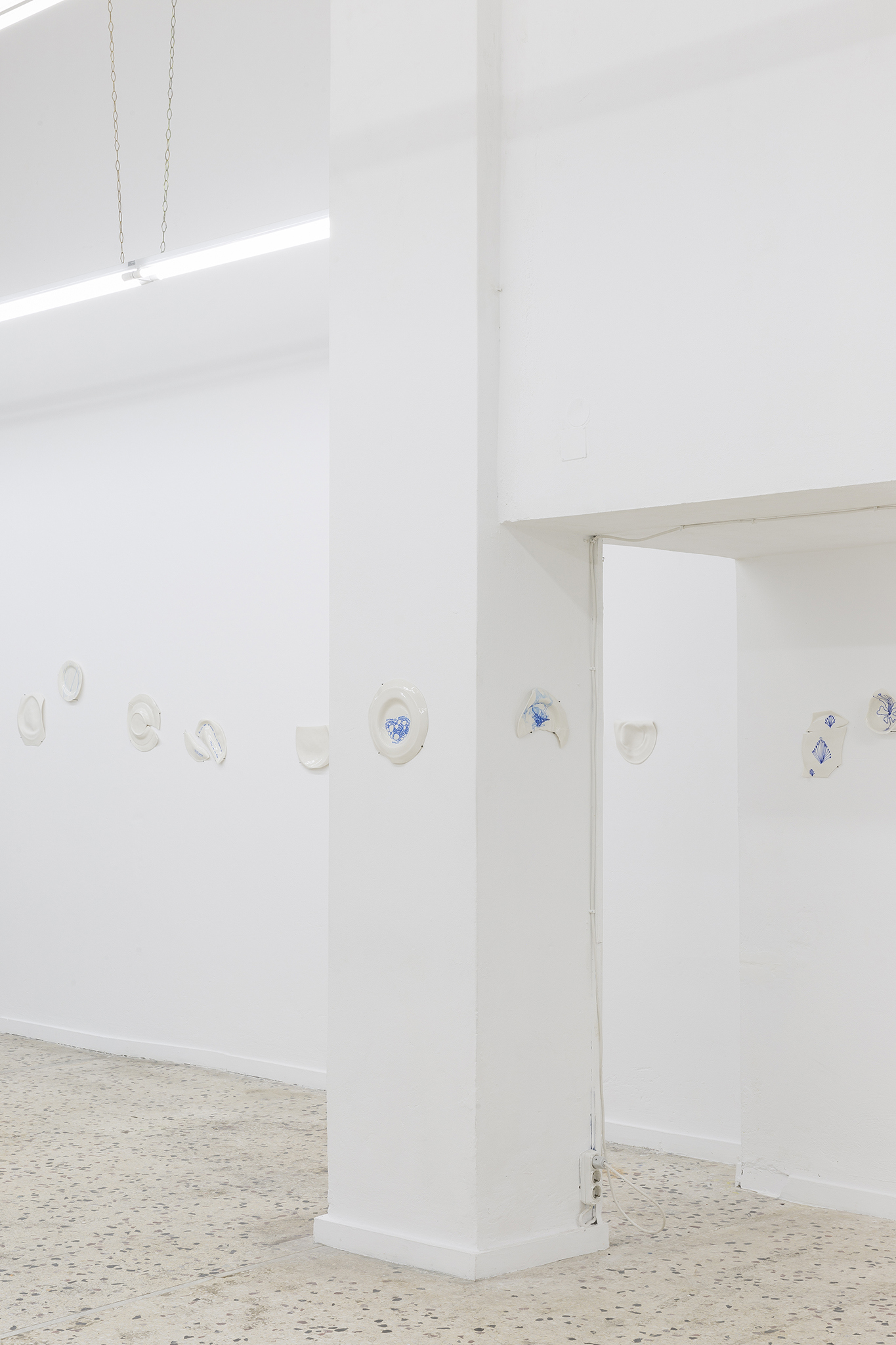
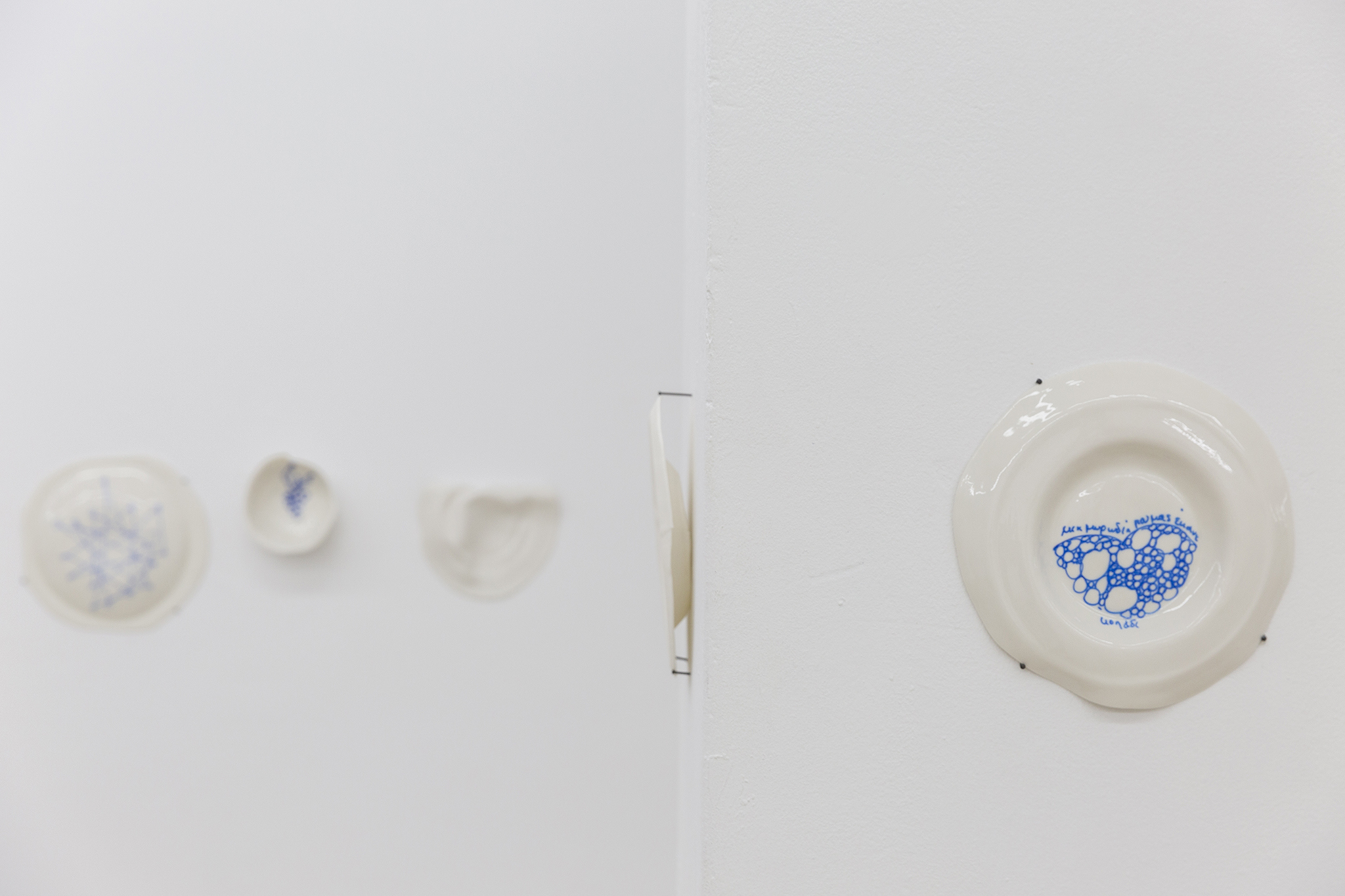
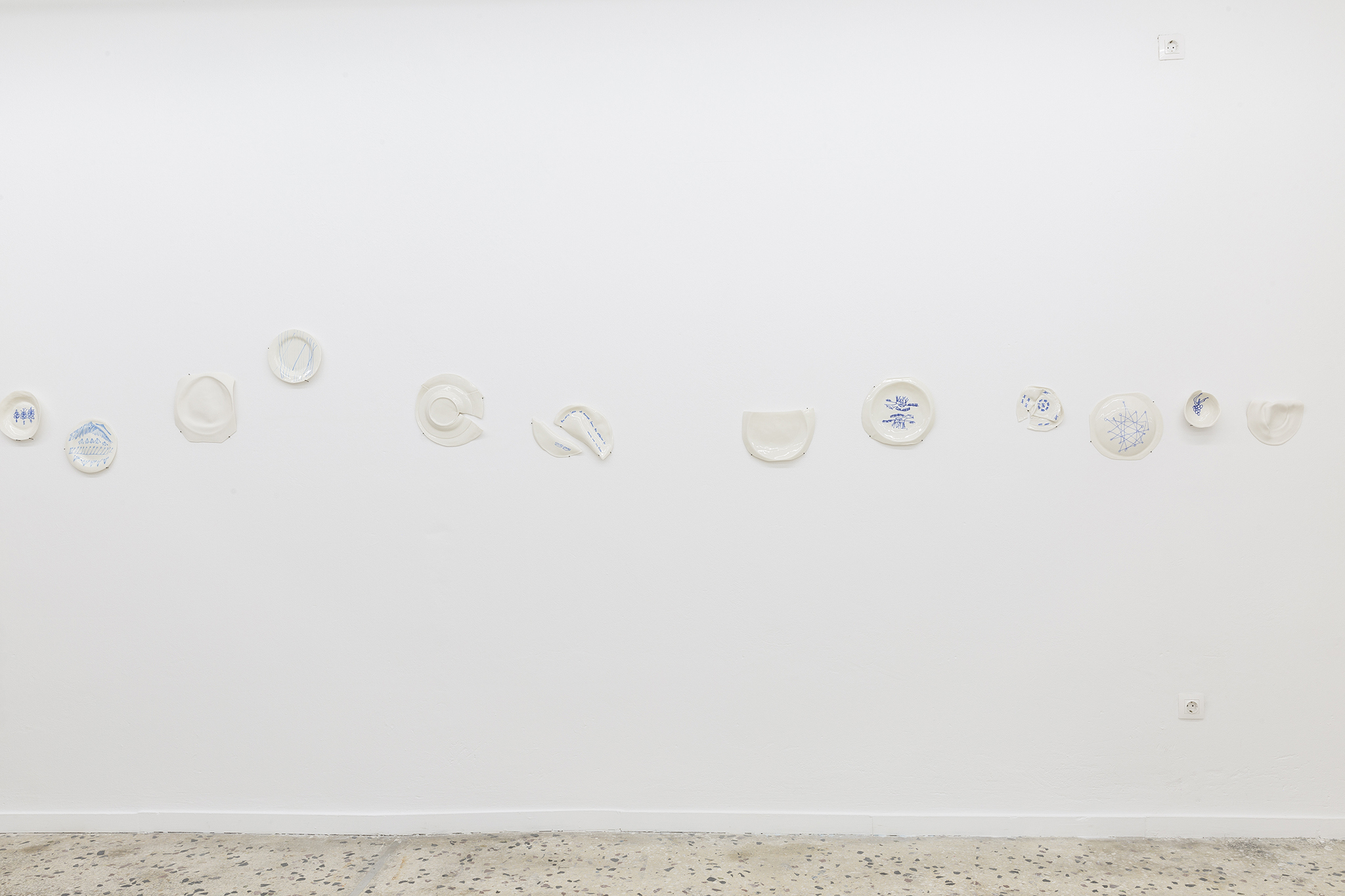
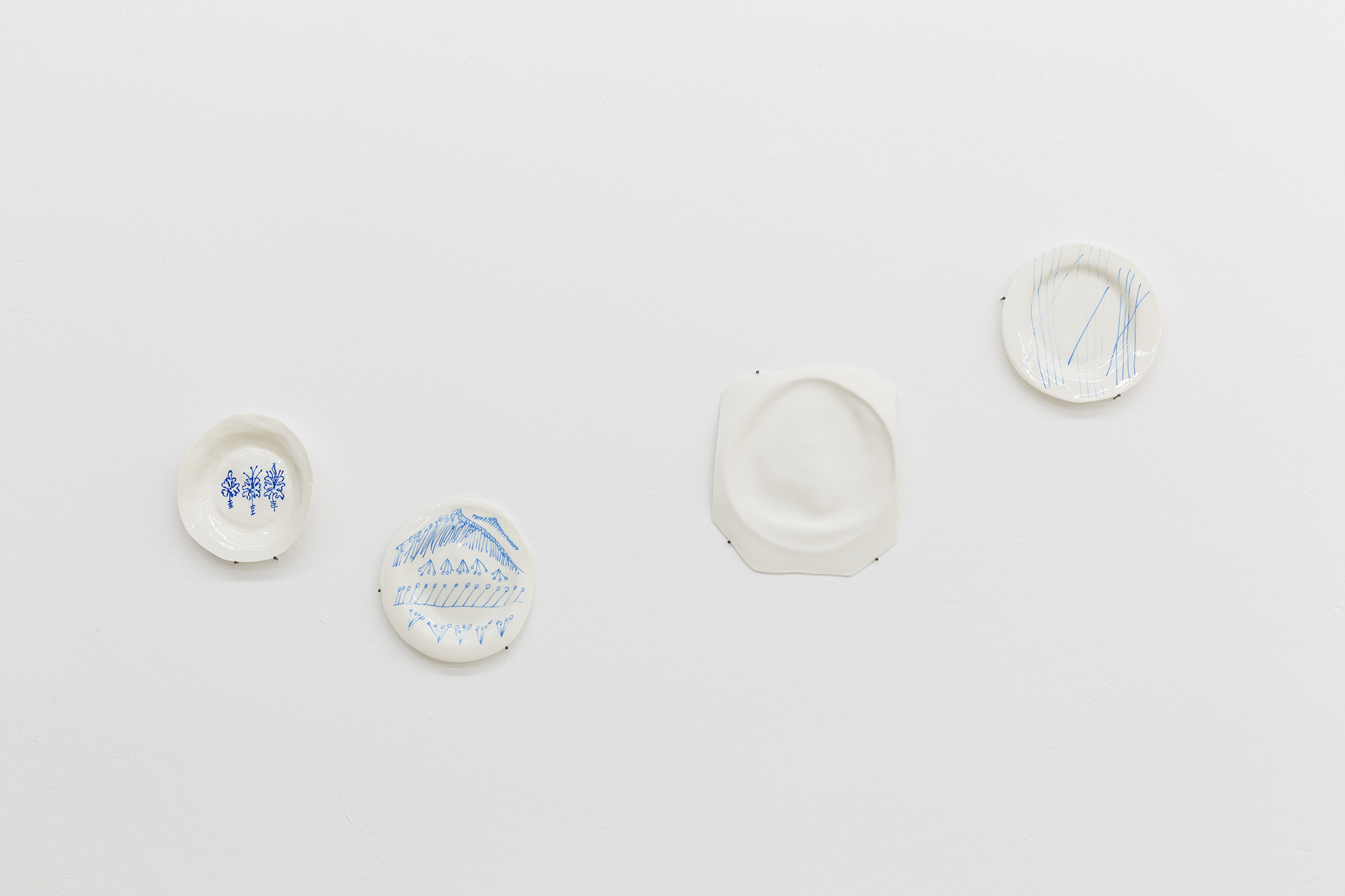
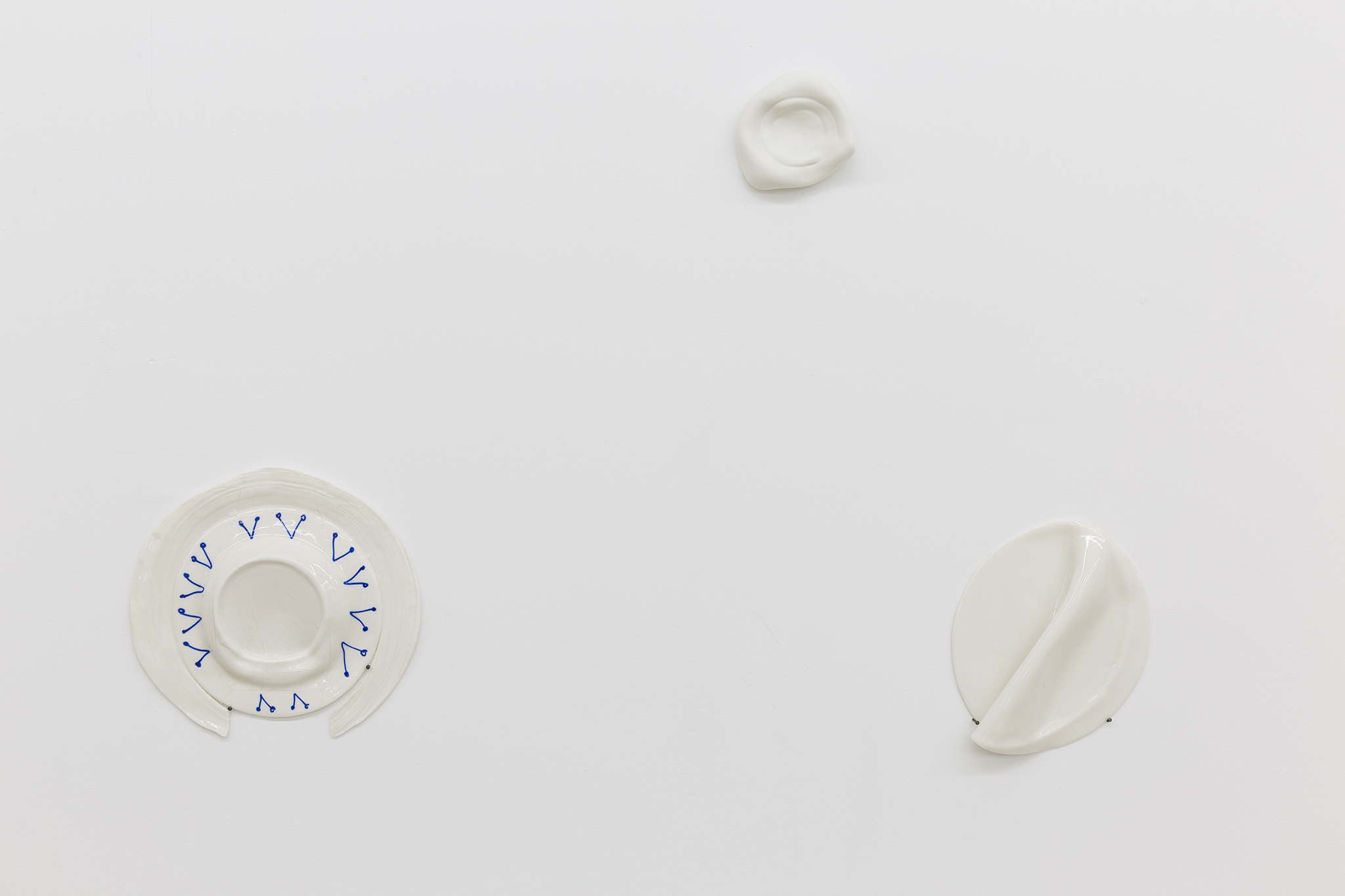
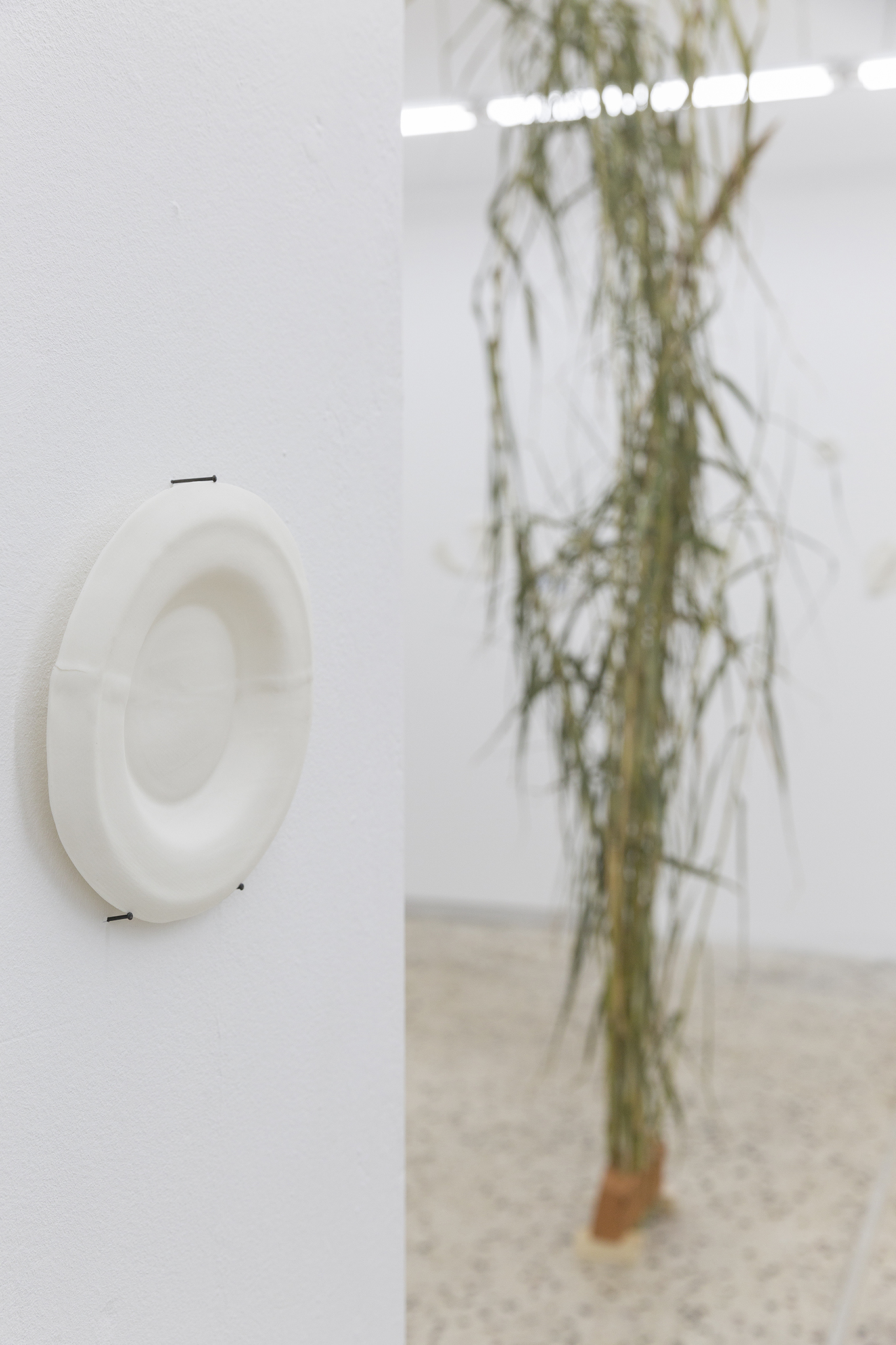
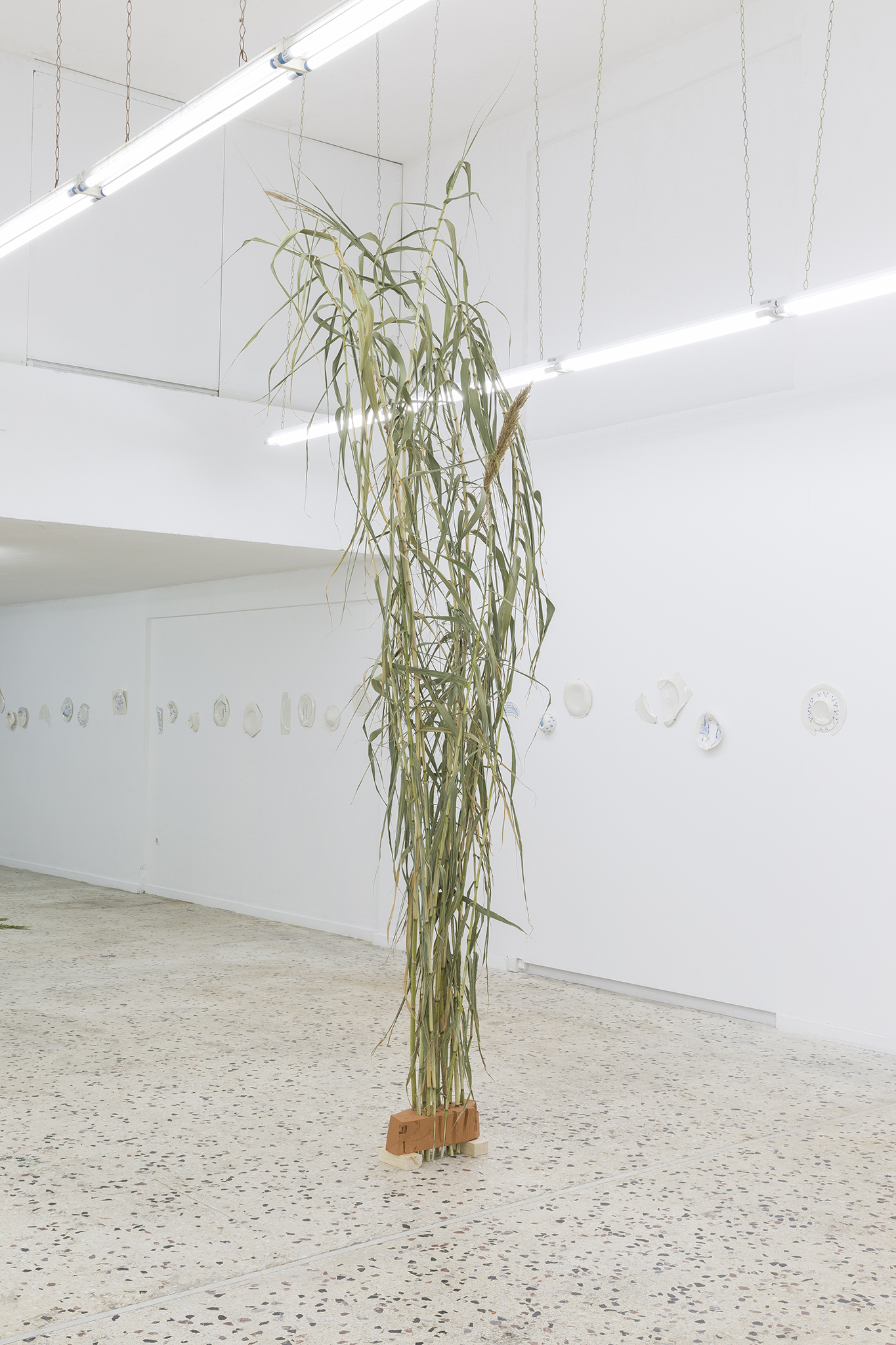
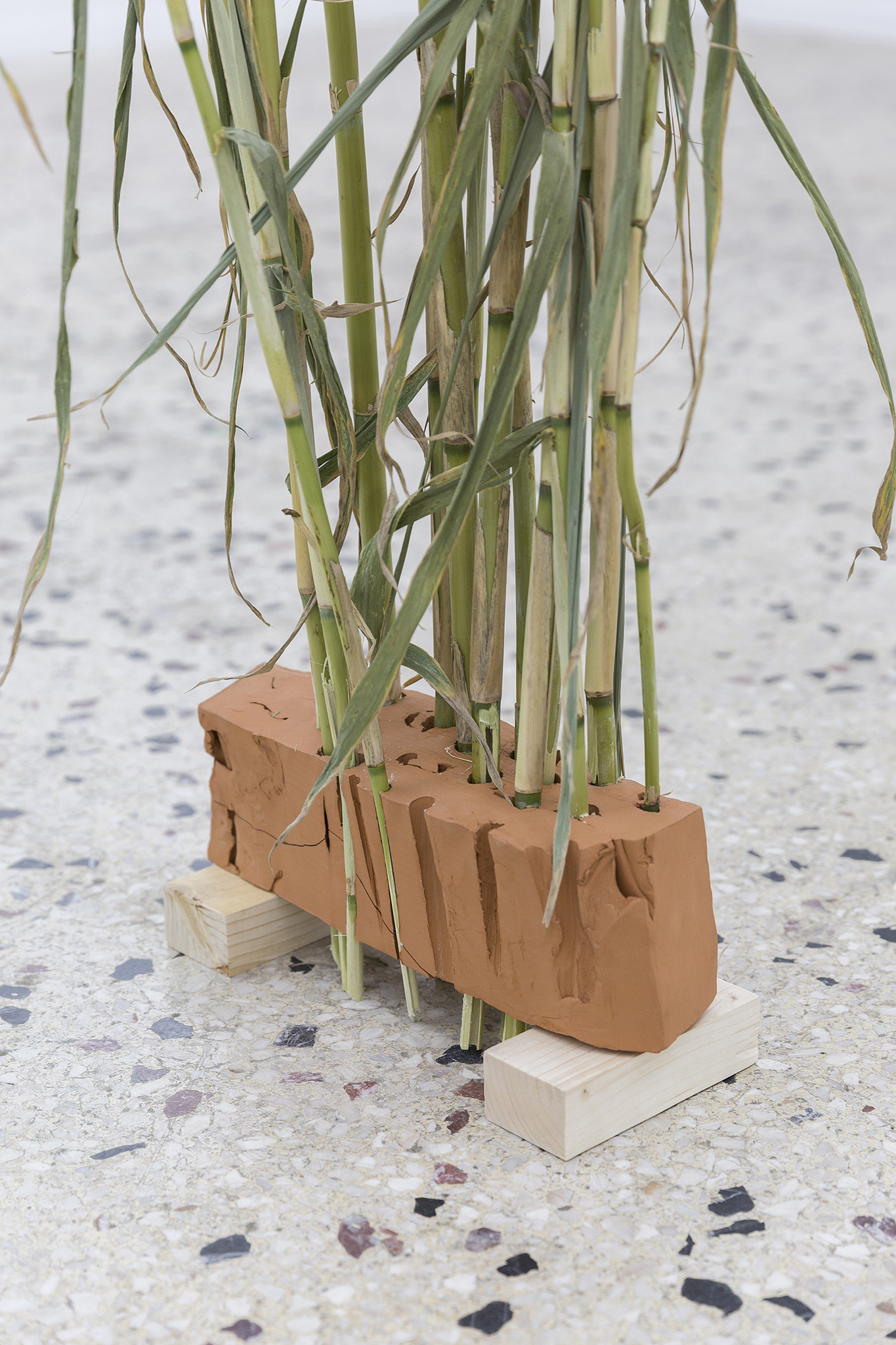
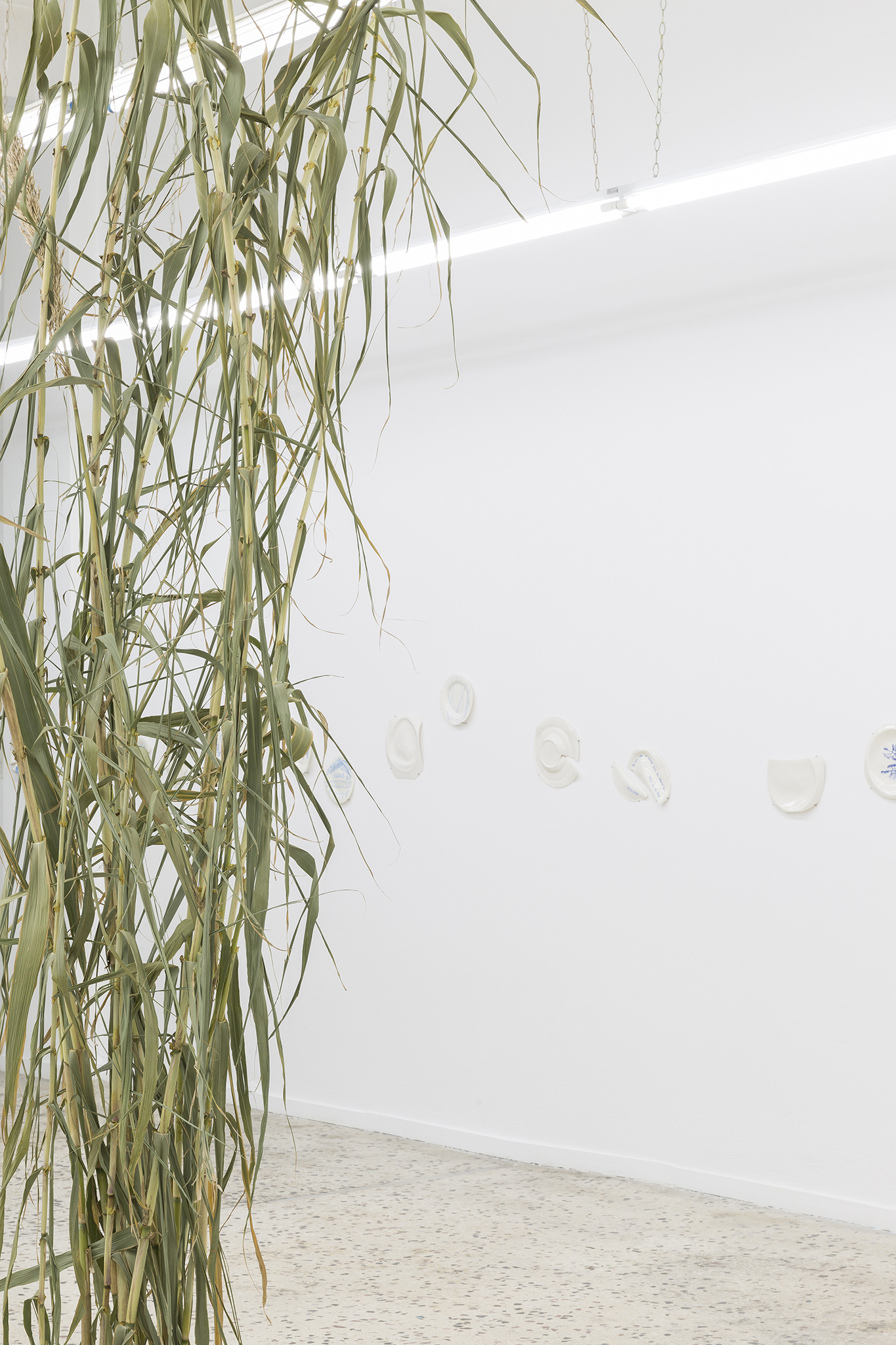
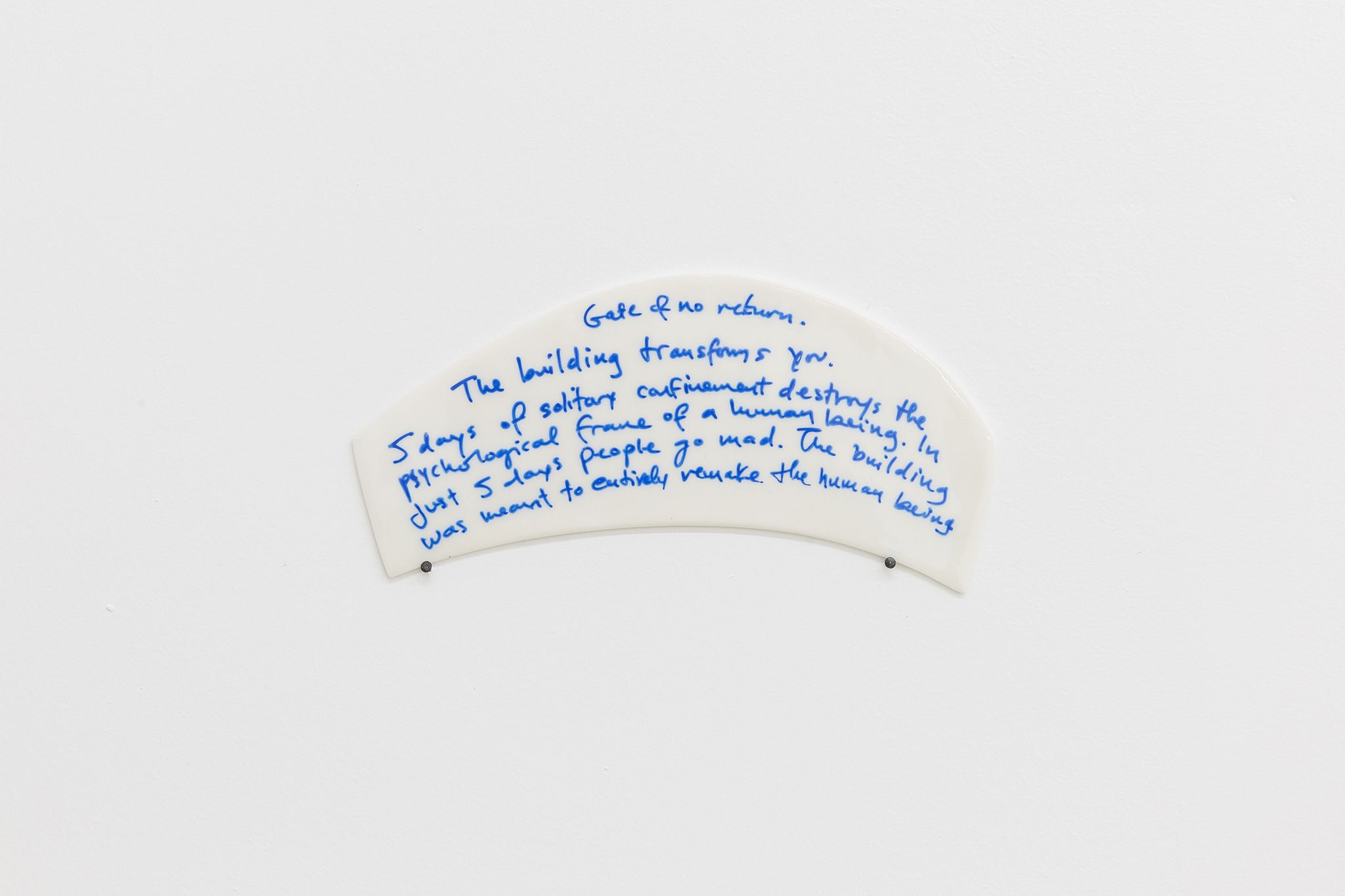
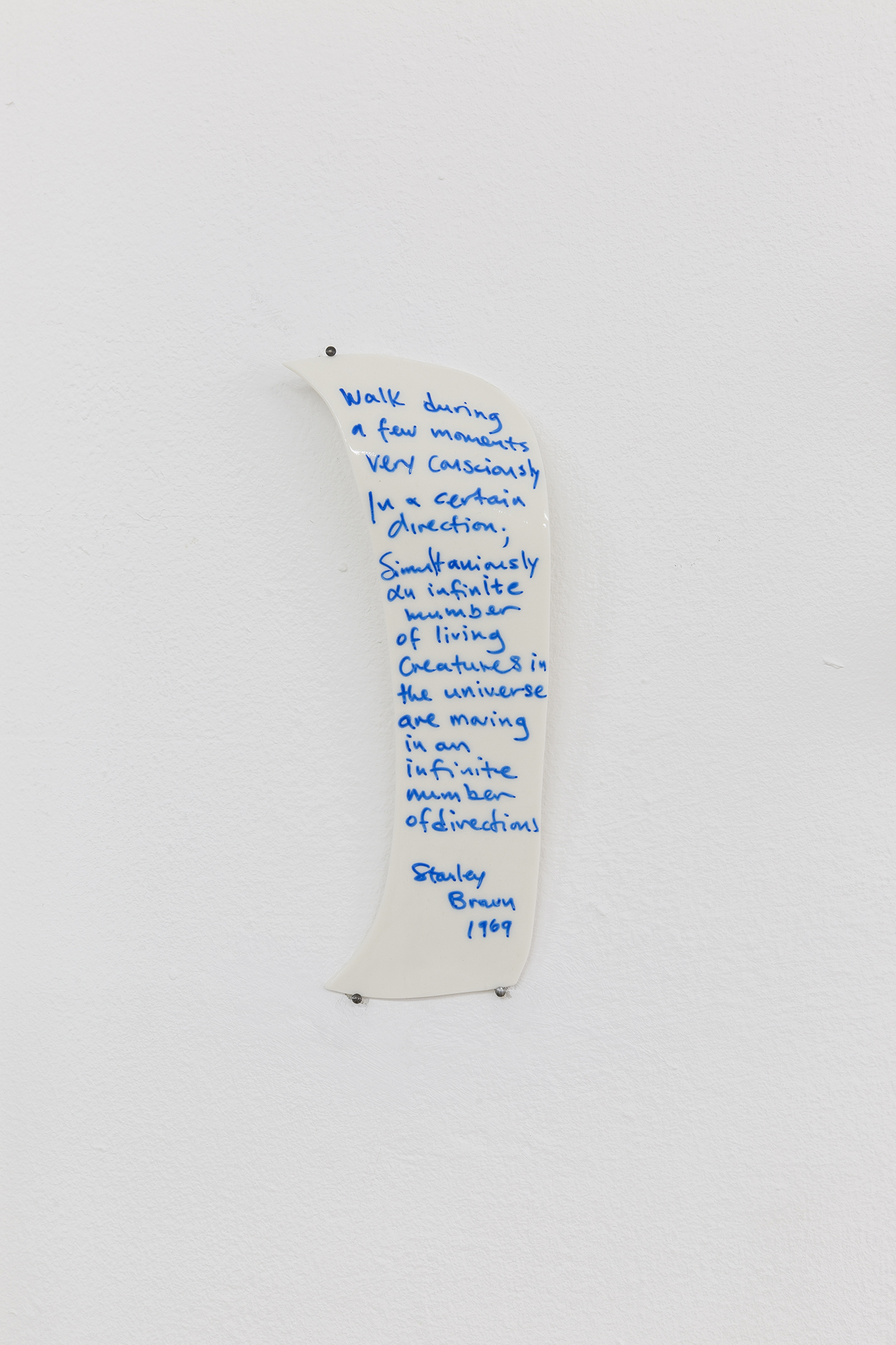
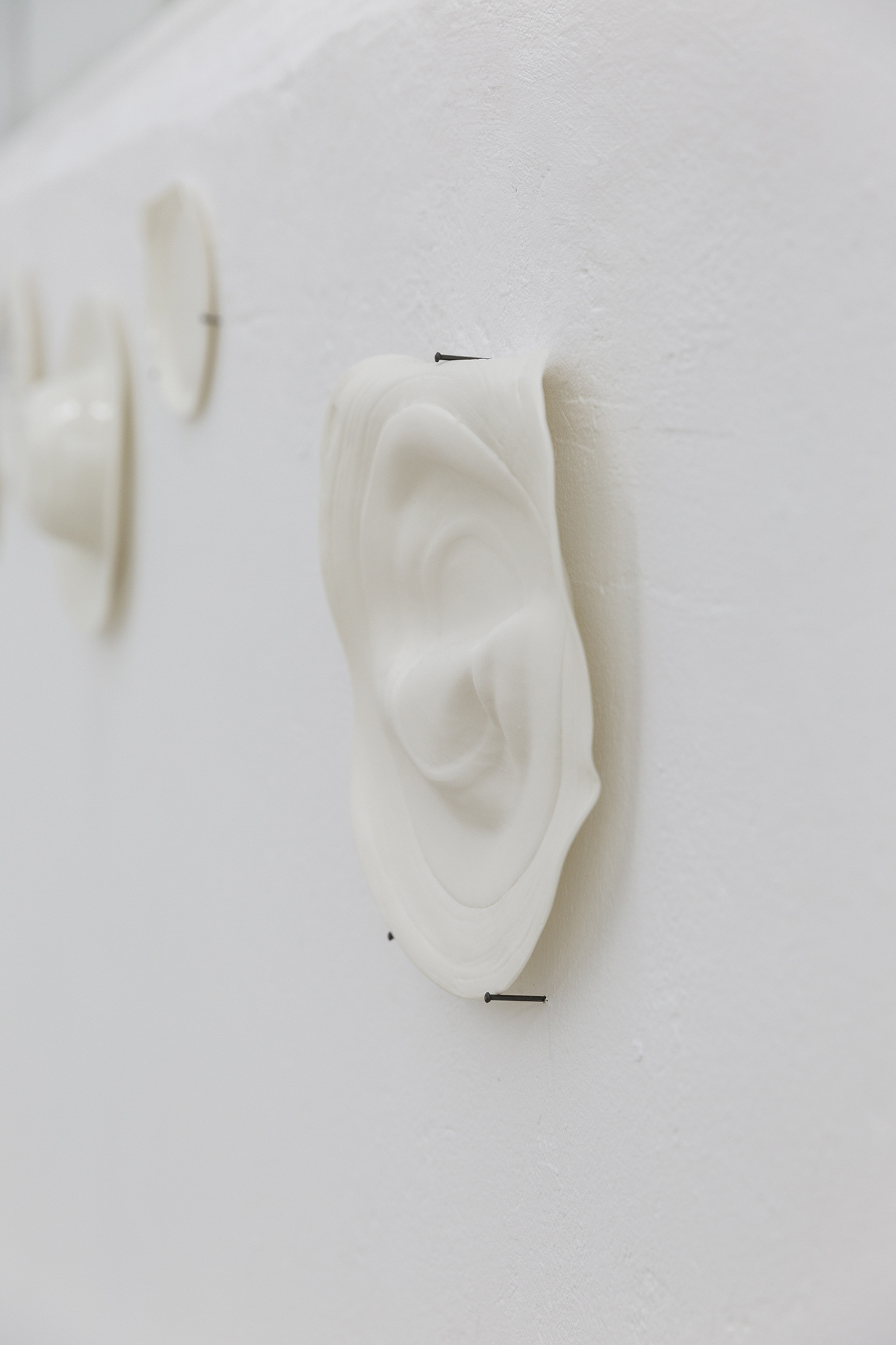
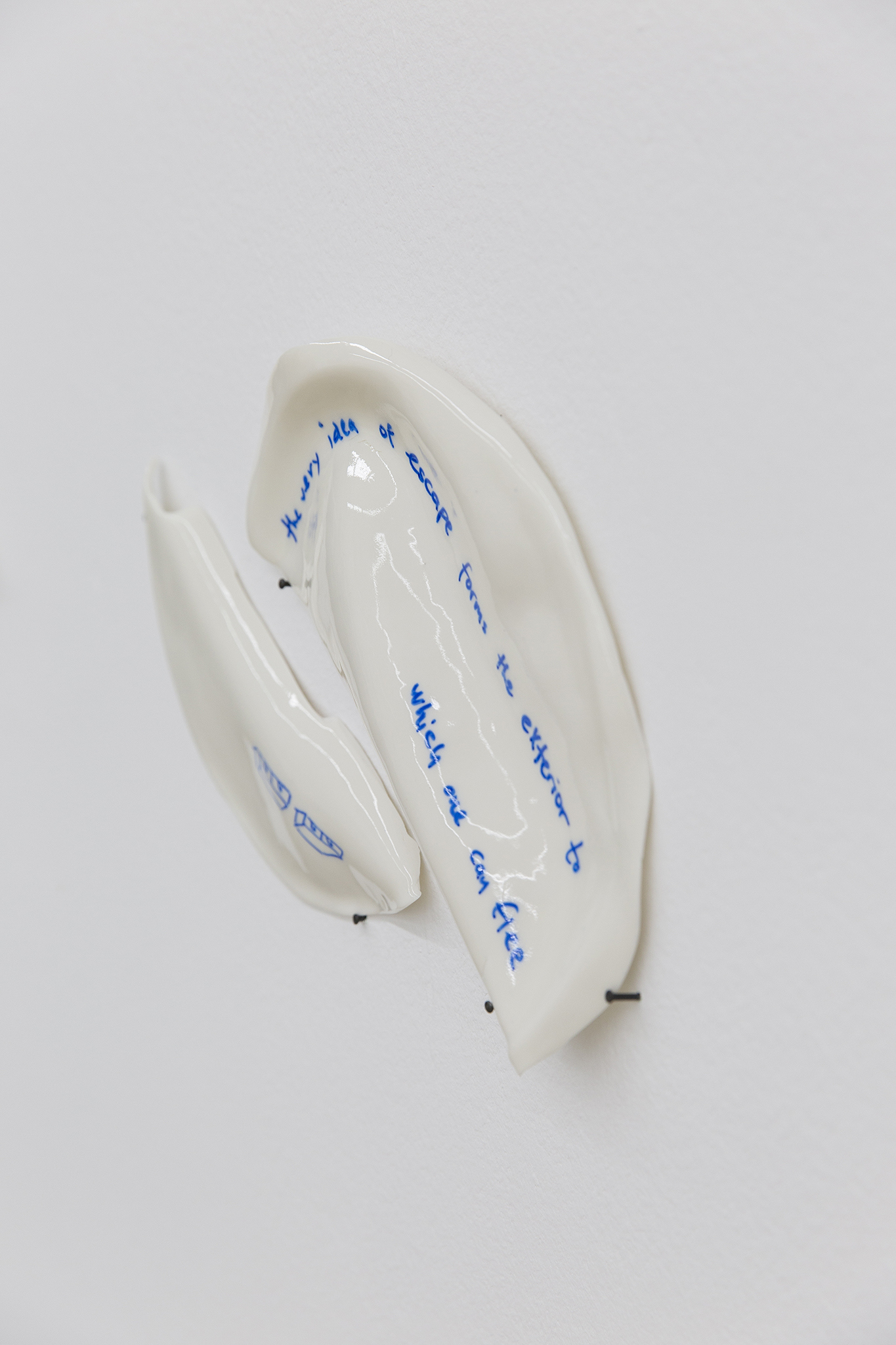
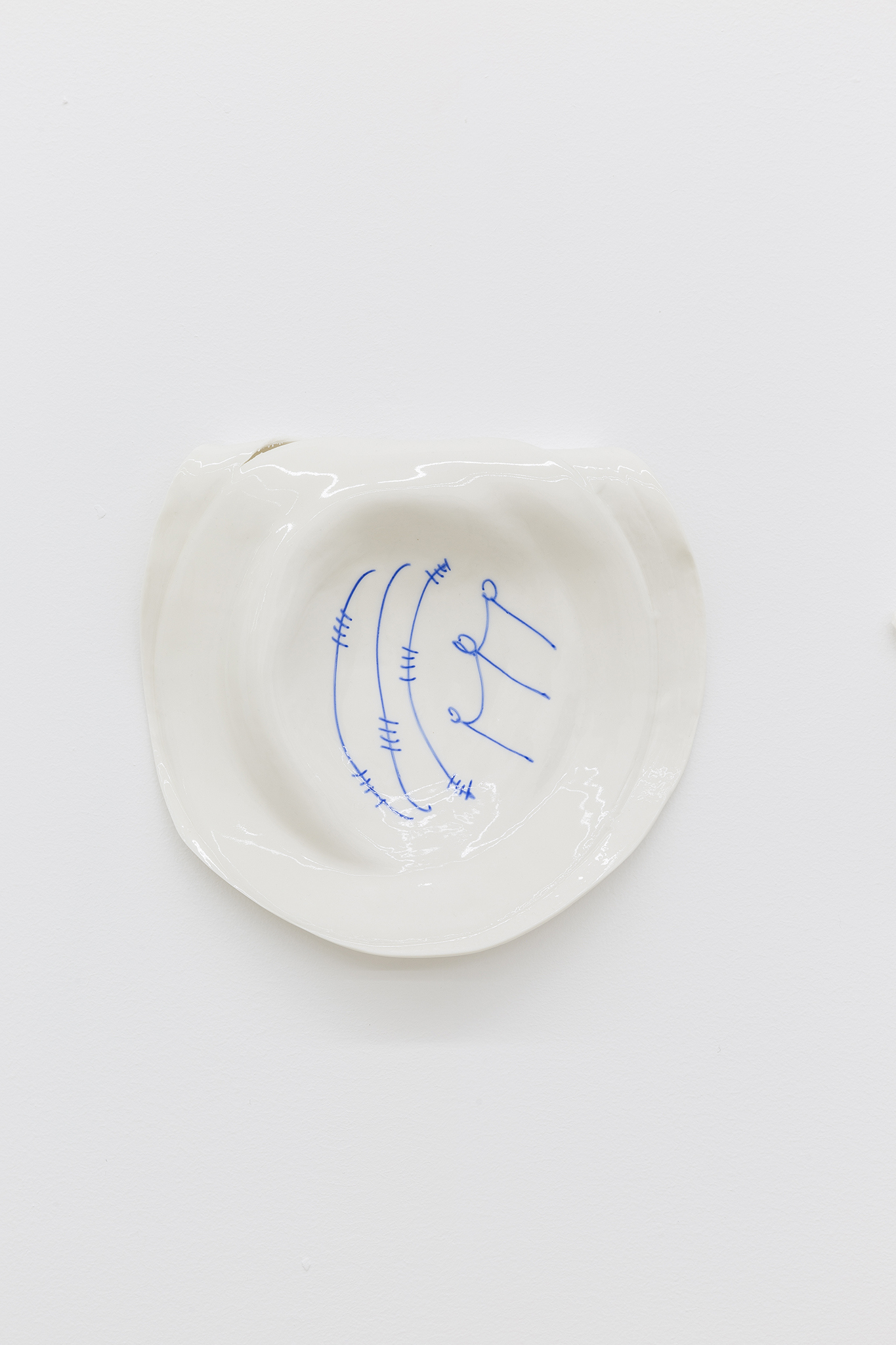
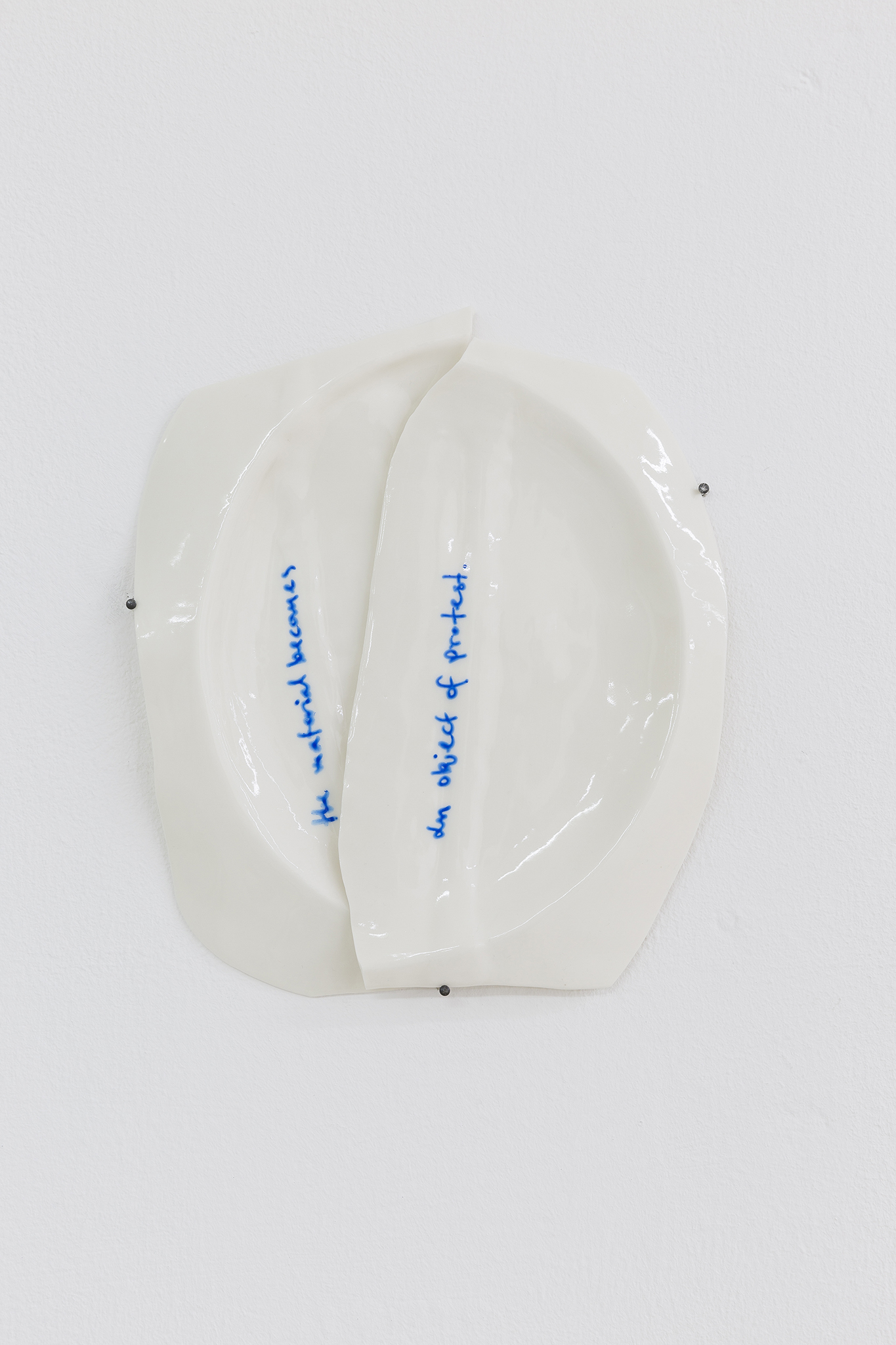
A DAY AFTER A DAY AFTER A DAY
Notes on an exhibition by Florent Frizet
a history of topographies
a history of terrors
We always build over something
We count, mark, appropriate because everything belongs to everyone
or how to
extract symbols and information from history to recreate a narrative
plates
in porcelain, like all over the world,
keep counting
keep measuring
keep eating
keep repeating
in broken plates
A story with
few drawings, a lot of distortion
smashed
plates without any use
on the wall for memories, memories for a memorial
in porcelain
A single line
a horizon
the line at which the earth's surface and the sky appear to meet
the limit of a person's knowledge, experience, or interest
and in the center a dead vertical
a subject uprooted
another extrapolated
to complete a dialogue
simultaneously reading Agnes Martin
lines again.
A succession of sunsets and sunrises with words
by the artist
and
David Adjaye
Aristidis Antonas
Stanley Brouwn
Antonio Gramsci
Primo Levi
or an extract from illegal Greek newspaper.
Suspended monads where
the material becomes
the object of protest.
Extrapolate a dialogue
through distance.
Wild Reeds
from the artic to the tropics
An ongoing totality where
Days are surrounding us
while
The very idea of escape forms the exterior to which one can flee.
In 2023 OMS will focus on the temporal turn in art which approaches questions of global contemporaneity and chronopolitics. OMS is very pleased to begin the year with the solo exhibition A day after a day after a day after a day, by Paky Vlassopoulou, curated by Florent Frizet.
Paky Vlassopoulou presents a new body of work taking as a starting point her research on Leros island, located in the east of the Aegean Sea and only an hour off the coast of Turkey,
and its histories of multi-layered confinement.
Leros has a long history of incarceration rooted in its exemplary landscape defined by water and unique architectural heritage. In the area of Lepida, military barracks built during the Italian occupation (1912-1943), have been reused ever since as indoctrination institutions in post-Greek Civil War era (1948-1964), prison cells for political dissidents during the military junta (1967-1974), mental healthcare facilities (1958-today), and refugee camps, known as hotspots (2016-today). Last year, right above the existing infrastructures, on top of the hill, a new controlled refugee camp, with barbed wire fencing, surveillance cameras, x-ray scanners and magnetic doors and gates, was built.
Thinking of the common living conditions of all these very different cases of unwanted bodies, Vlassopoulou is drawn to the plate as an object widely recognized as a symbol of sustenance and as a domestic object linked to material culture. She creates multiple porcelain plates to carry words, lines, scratches. Each plate acts like a journal entry documenting numbers of confinement. In the exhibition space, the plates build up a storyline through drawings, notes and quotations.
A day after a day after a day after a day serves as a cognitive and sensorial experience on placement and displacement.
Florent Frizet




